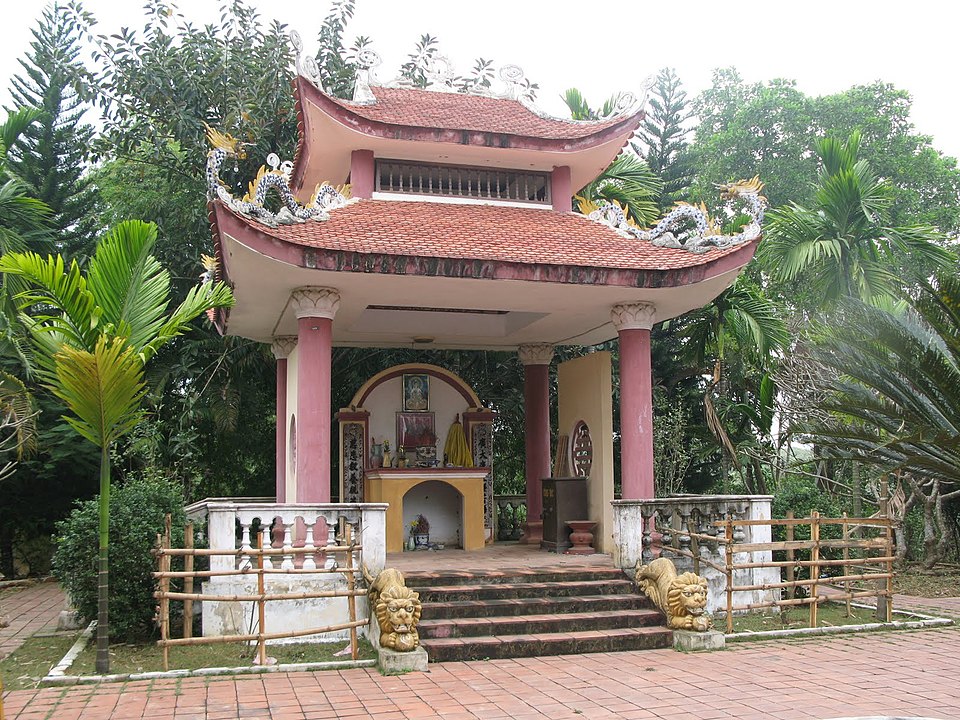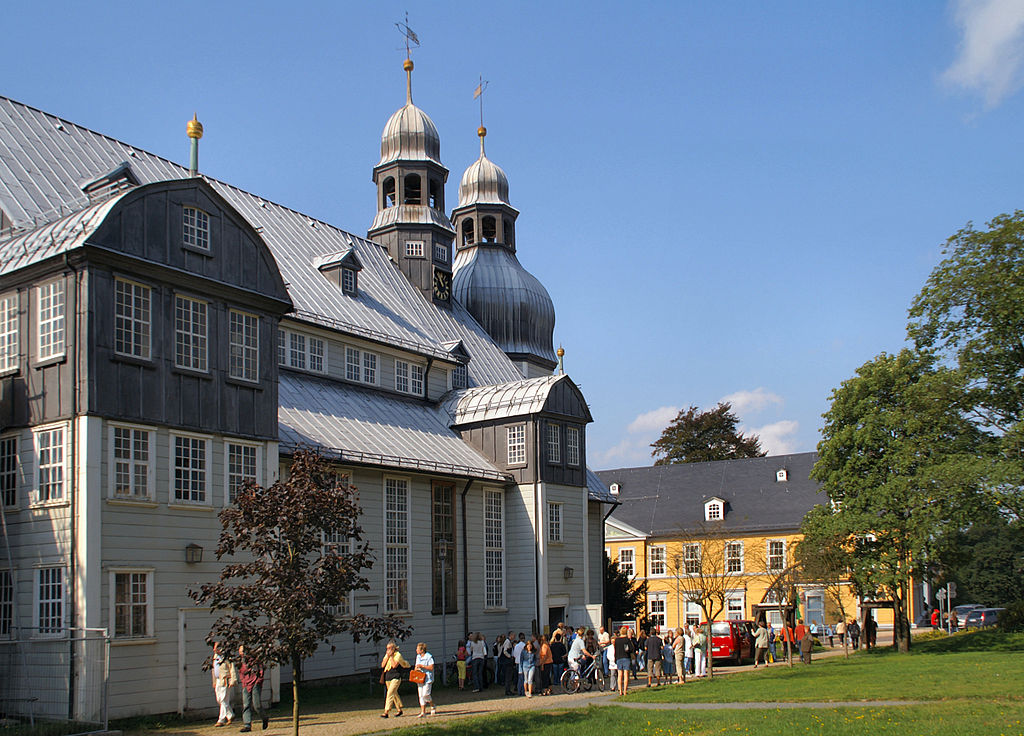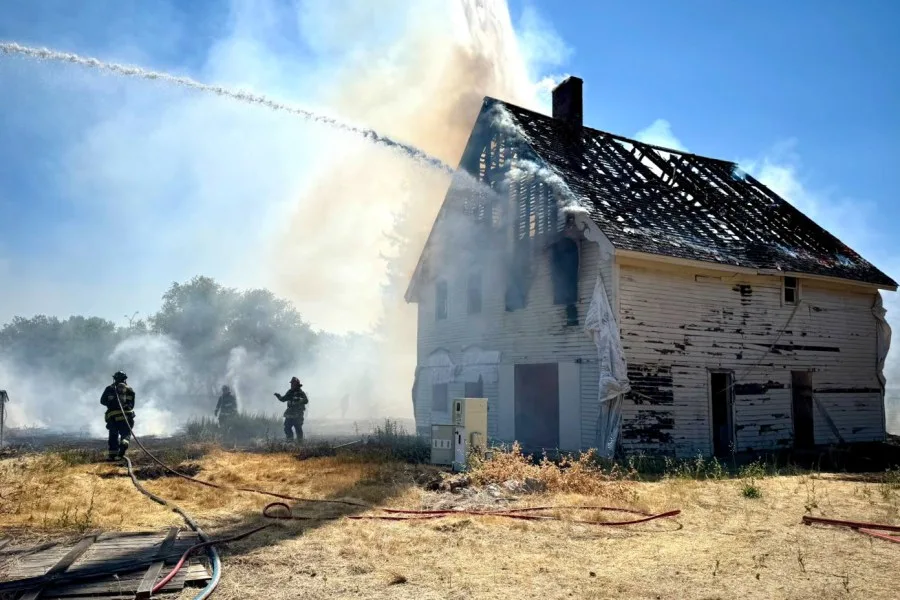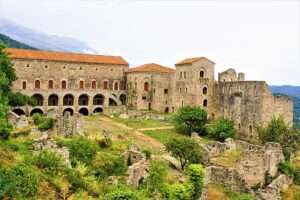The Pho Quang Pagoda Fire and Reconstruction
On October 23, 2024, a fire hit Pho Quang Pagoda, an 800-year-old national cultural heritage site in Phu Tho Province in Vietnam.
The fire started in the main hall of the pagoda at around 10 a.m. and spread rapidly, engulfing the building in a matter of minutes. Many residents tried to put it out with water, but failed. Firefighters arrived with five vehicles and dozens of officers at 10:30 a.m., and the fire was put out by noon. Unfortunately, the structure of the main hall was largely destroyed.

This pagoda, which was recognized as a national cultural heritage site in 1980, contained many important objects and valuable artifacts. Among them is a lotus-shaped stone pedestal dating back to the Tran Dynasty (1225-1400), with intricate carvings, which was declared a national treasure in 2021. This pedestal suffered damage, with some petals broken during the fire.
From the report of the People’s Committee of Xuan Lung Commune, we know that 27 Buddha statues (made of clay and wood) and all the furnishings of the pagoda were damaged. The initial economic damage is estimated at around 25 billion VND (about 985,000 USD). Fortunately, there were no casualties, as there was no one inside at the time of the fire.
Immediately after the fire, the Department of Cultural Heritage (part of the Ministry of Culture, Sports and Tourism) asked the local authorities to assess the extent of the damage and consider how to restore the site.
In May 2025, the Ministry of Culture, Sports and Tourism gave specific instructions for the restoration project of Xuan Lung Pagoda (another name for Pho Quang Pagoda). They requested that the restoration of the works follow the architecture as it was before the fire. The project includes several things:
- A master plan for the entire site.
- Restoration of the Tam Bao (main hall) based on the pre-fire architecture.
- Reconstruction of other structures such as the main gate (Tam Quan), Mau house and baths.
- Construction of new buildings: a conference hall (but on a smaller scale), monks’ quarters, a house for ceremonies (with a gabled architecture, without a gable roof), a house for burning votive offerings, a kitchen and more baths.
- Renovation of the courtyard, garden and infrastructure.
There were also specific instructions for the Tam Bao: design the “beams” according to the pre-fire model, do not use arched doors along the specified axes, and do not use fluorescent lamps for interior lighting.
An important point is what to do with the damaged objects. Before the fire, the Tam Bao preserved a system of statues and religious objects of historical and artistic value, including clay and wooden statues. The Ministry suggested that provincial authorities appoint specialized agencies to further study and evaluate this system of damaged objects and find the best way to restore and preserve them. Valuable objects that can no longer be reused should still be selected and preserved at the site.
Regarding the cracked stone pedestal, the national treasure, the Ministry reiterated, in line with a previous notice, that it should only be moved if it is absolutely necessary for the restoration work of the object itself, and only if there is a plan to protect the object during the move.
The causes of the fire are still under investigation.




